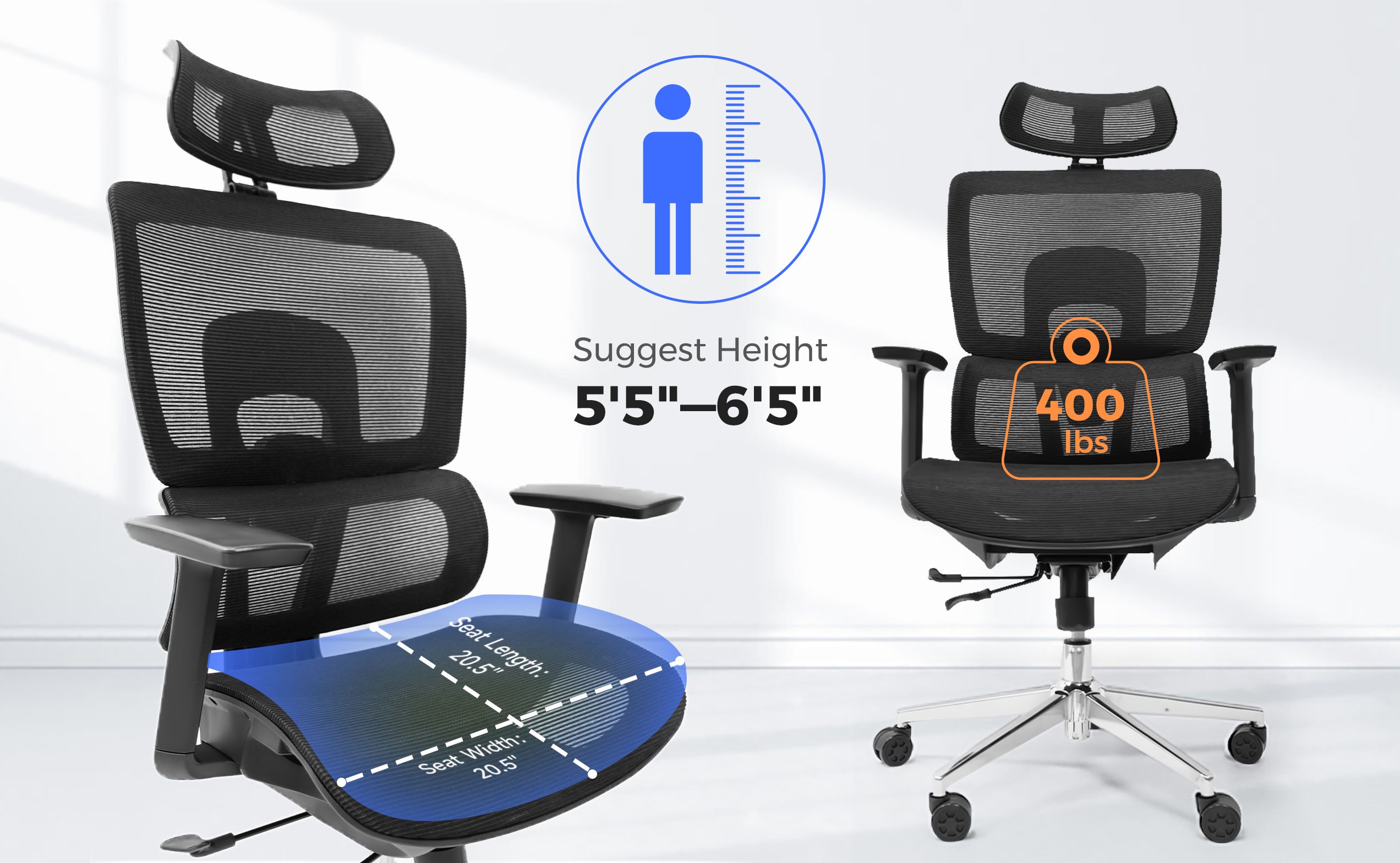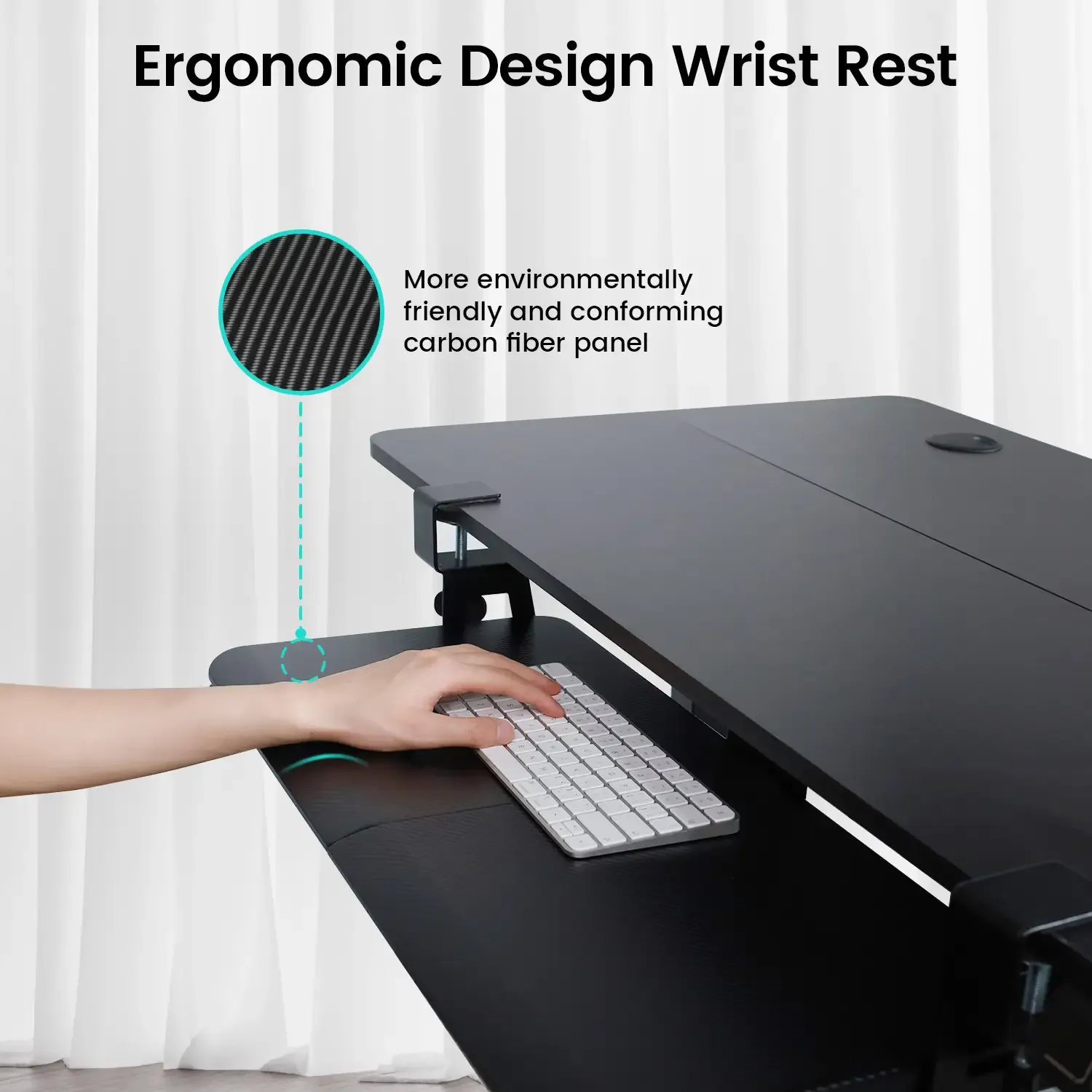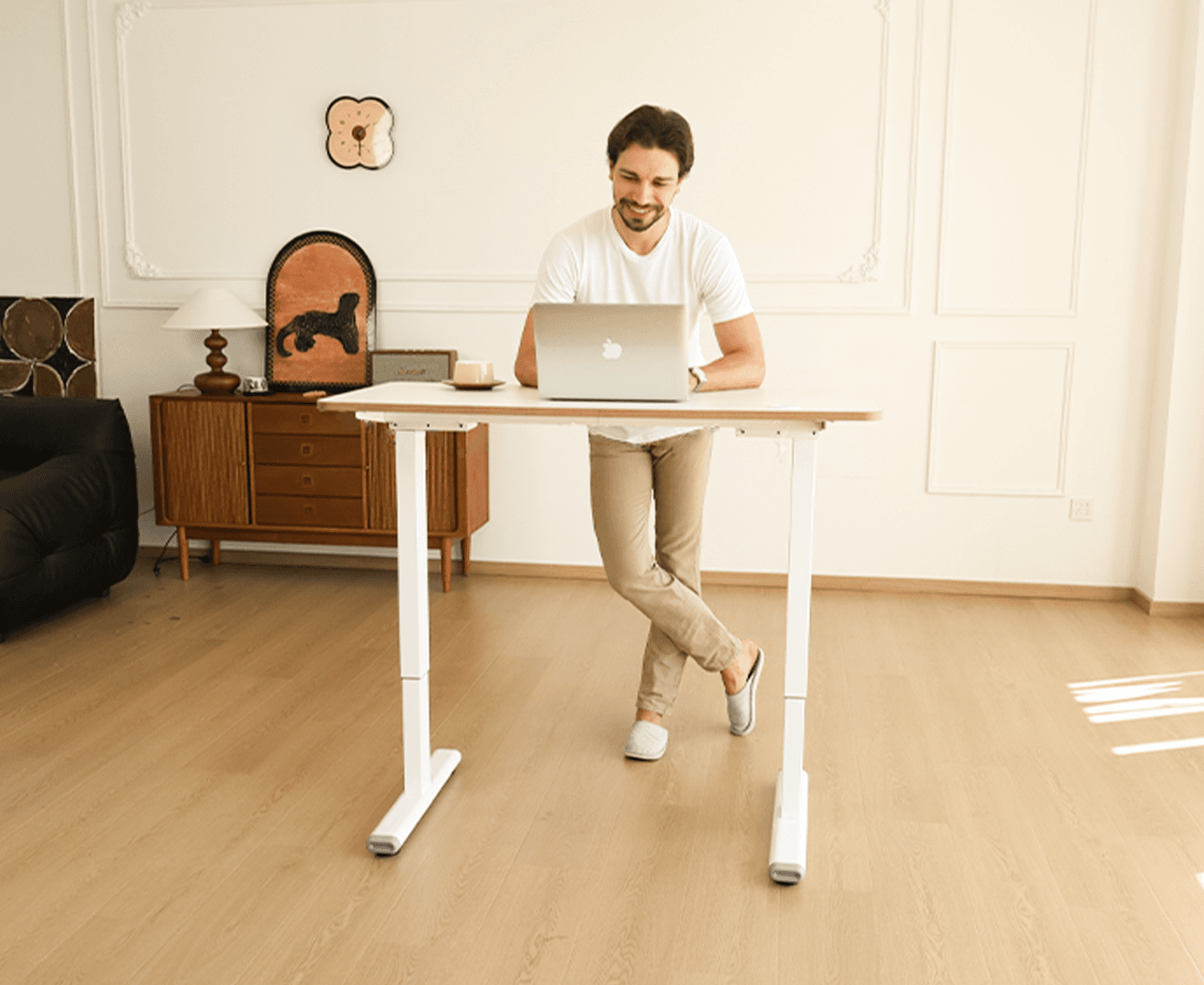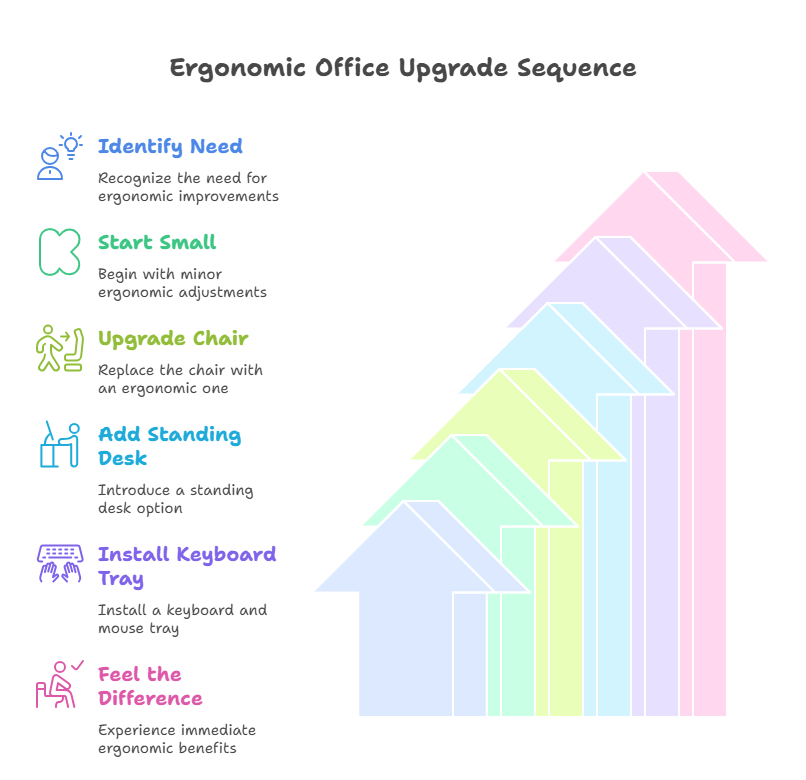Sick of neck pain, backaches, and wrist cramps slowing down your team’s productivity? Discover how 7 ergonomic office furniture upgrades — from customizable chairs to height-adjustable desks — helped us reduce sick days by 25% and increase output. Simple, effective changes can transform your workspace and enhance health and safety. Learn how small ergonomic upgrades made a big difference in our workflow and well-being.
Ever feel like half your team (or yourself) is battling neck pain, back pain, or wrist cramps by Wednesday?
Been there. And honestly, it used to cost us big — missed workdays, slow output, endless frustration. 😩
But after a few smart upgrades to ergonomic office furniture, things turned around fast.
We actually cut sick days by 25% and boosted productivity without adding more hours. Just better setups.
Today, I’m breaking down 7 ergonomic office furniture upgrades that seriously made a difference — plus some bonus tips I wish I had known earlier.
Let’s dive in. 👇
1. Upgraded to a Chair That Actually Fits (No More Slouching!)
One of the first things we tackled? Chairs.
Turns out, most people were using chairs that were way too big, too small, or just plain unsupportive.
We switched to chairs built for different body types — and wow, it mattered.
👉 For smaller frames: Desk chairs for small spaces made a huge difference in comfort and posture.
👉 For taller folks: We found a great option to make a chair taller so nobody felt like they were perched awkwardly.

Ergonomics health and safety showed up immediately when everyone’s chairs fit properly — better posture, less pain, and less fatigue.
2. Added a Keyboard and Mouse Tray Under the Desk
I didn’t realize how much bad wrist posture was killing our typing speed (and causing pain) until we installed an adjustable keyboard and mouse tray under desk.

Benefits we noticed fast:
- Better wrist angles = fewer cramps
- Faster typing without slouching
- Cleaner desk space = less clutter stress
Ergonomics how to design for ease and efficiency starts with small upgrades like this — your body will thank you.
3. Upgraded to Height Adjustable Standing Desks
I’ll be real — when I first heard about standing desks, I thought it sounded trendy and unnecessary.
But once we brought in the room and board standing desk options?

Game. Changer.
Sitting all day or standing all day is rough. Being able to switch it up throughout the day helped energy levels, focus, and even back pain.
It’s one of the most essential pieces of ergonomic office furniture we invested in — truly a foundation of ergonomics health and safety.
4. Introduced Ergonomic Office Furniture Accessories
Beyond chairs and desks, we added small ergonomic upgrades that packed a punch:
- Monitor risers to avoid neck strain
- Footrests for better leg circulation
- Cushioned floor mats for standing desks
These accessories all align with ergonomics how to design for ease and efficiency, making daily work movements smoother and safer.
Ergonomic office furniture isn’t just about the big-ticket items. It’s the thoughtful accessories that complete the setup.
5. Trained the Team on Ergonomics Health and Safety Basics
No fancy chair in the world saves you if you’re still hunching like Quasimodo.
So we did a quick training on ergonomics health and safety — the basics:
- How high your monitor should be
- Correct chair height
- How often to change sitting/standing positions
Understanding ergonomics how to design for ease and efficiency gave everyone tools to adjust their setups on the fly.
6. Regular "Ergonomic Health Check-ins"
We started quick monthly check-ins 🔄 — basically, asking "Hey, is your setup still working for you?"
People's needs change (someone starts standing more 🚶♂️, someone tweaks their mouse setup 🖱️, etc.).
These small, regular adjustments helped maintain our commitment to ergonomics health and safety 🛡️ over time.
Plus, it kept the benefits of our ergonomic office furniture investment 🪑💰 long-lasting.
💡 Key Takeaways:
✅ Monthly check-ins → Catch small issues early
✅ Flexible setups → Adapt to changing needs
✅ Long-term ROI → Maximize ergonomic investments7. Created "Movement Break" Habits
Finally, we built in movement reminders.
No one should be stuck in one position for hours.
Simple tricks that helped:
- 5-minute stretch breaks every 90 minutes
- Standing meetings when possible
- Walking phone calls
These changes supported ergonomics how to design for ease and efficiency while keeping the office vibe fun and energized.
FAQs About Ergonomic Office Furniture and Better Workflows
Q: What’s the fastest ergonomic upgrade I can make if I’m on a tight budget?
A: Start with a proper keyboard and mouse tray under desk. It’s a low-cost way to start improving ergonomics health and safety immediately.
Q: Can ergonomic office furniture really reduce sick days?
A: Absolutely. When people aren't dealing with chronic pain, headaches, or wrist injuries, they miss fewer days — and when they’re working, they’re more productive. It’s one of the clearest examples of ergonomics how to design for ease and efficiency paying off.
Q: How do I know if my desk setup is ergonomic?
A: Here's a fast checklist aligned with ergonomics health and safety principles:
- Elbows bent at 90 degrees
- Monitor at eye level
- Feet flat on the floor or on a footrest
- No slouching or craning neck forward
If any of these are off, it’s time to adjust your ergonomic office furniture or desk setup.
Q: What’s one mistake people make when upgrading to standing desks?
A: They stand too much at first.
Ease into it — start with 30-60 minutes a day, then build up. Ergonomics how to design for ease and efficiency is all about balance, not extremes.
Final Take:
If you’re serious about cutting sick days, boosting output, and creating a workspace that feels better, ergonomic office furniture upgrades are non-negotiable in 2025.
You don’t need a full office makeover overnight.
Start small — a better chair, a standing desk, a keyboard and mouse tray under desk — and you’ll feel the difference immediately.
Ready to upgrade your setup?













































